Accessibility will have a new face at the Olympic and Paralympic Village in Greater Paris.

How Does the City of Toronto By-law Secure Pedestrian Crossings For Blind People?

How Does the City of Toronto By-law Secure Pedestrian Crossings For Blind People?
A previous article has rounded up the difficulties faced by blind and visually impaired Torontonian when crossing the street as well as the existing solutions to tackle them. This new article aims to enlighten on the regulations and initiatives in force at federal, provincial and municipal level regarding pedestrian crossings.
We will give you all the keys to better understand the regulations in place and how it is possible to act in your own way.
Federal laws and organizations
All federal laws have been mentioned in a previous article: What Are the Regulations Concerning APS in Montreal?
In this article you will learn about:
⊗ Transportation Association of Canada (TAC) Final Guidelines for Accessible Pedestrian Signals
⊗ Bill C-81 : An Act to ensure a barrier-free Canada
In addition, two state-funded associations play a major role in pedestrians’ accessibility:
⊗ The Centre for Active Transportation (CAT) with its program Complete Streets for Canada
⊗ The Canadian National Institute for the Blind (CNIB) with its program Clearing our Path
The CAT – a project funded by the Public Health Agency of Canada – has initiated a program called Complete Streets for Canada. Its mission is to ensure transportation planners and engineers consistently design and operate the entire street network for all road users, not only motorists but also pedestrians of all ages and abilities.
As of January 2019, there are over 100 Complete Streets policies in Canada, in all 10 provinces. In addition to policies, Canadian cities are starting to produce Complete Streets guidelines, most notably in Toronto in 2016.
The Canadian federal government while playing a role in interprovincial transportation systems is not responsible for developing transportation policy at municipal level. However, the federal government can choose to play a role in funding transportation infrastructure and systems at provincial and municipal levels.
Clearing our Path is a CNIB foundation designed to create accessible environments for people impacted by blindness.
One of their main action is to facilitate street crossing to limit exposure to vehicular traffic by incenting the implementation of islands, raised pedestrian crossings and Accessible Pedestrian Signals.
Provincial regulation
Ontario Human Rights Code (OHRC), 1962
The Ontario Human Rights Code aims at removing existing barriers due to disabilities and avoiding making new ones by designing inclusively:
“The Code protects people from discrimination and harassment because of past, present and perceived disabilities. Disability covers a broad range and degree of conditions, some visible and some not visible. A disability may have been present from birth, caused by an accident, or developed over time.”
Accessibility for Ontarians with Disabilities Act (AODA), 2005
The AODA advocated for a barrier-free society for Ontarians with disabilities.
Amongst other standards, the Ontario regulation 191/11 – Integrated Accessibility Standards section 80.28 – gives details about Accessible Pedestrian Signals characteristics and installation obligations:
“Where new traffic control signal systems with pedestrian control signals are being installed or existing pedestrian control signals are being replaced, the pedestrian control signals must meet the requirements for accessible pedestrian control signals.”
“Accessible pedestrian control signals must meet the following requirements:
⊗ They must have a locator tone that is distinct from a walk indicator tone.
⊗ They must be installed within 1,500 mm of the edge of the curb.
⊗ They must be mounted at a maximum of 1,100 mm above ground level.
⊗ They must have tactile arrows that align with the direction of crossing.
⊗ They must include both manual and automatic activation features.
⊗ They must include both audible and vibro-tactile walk indicators.”
How do blind people cross the street safely in Toronto?
Municipal regulations and action plans for pedestrian crossings
Toronto Accessibility Design Guidelines
The City of Toronto Accessibility Design Guidelines from 2004 regulates the design, planning and construction of accessible facilities and the preparation of accessibility audits.
Section 1.5.1 is dedicated to Accessible Pedestrian Signals:
⊗ “Signals at pedestrian crosswalks should be designed generally in accordance with requirements of the Highway Traffic Act and the Ontario Traffic Manual Book 12 – Traffic Signals.
⊗ Both audible and flashing crossing signals should be provided as an aid to persons who have hearing or visual limitations.
⊗ Audible pedestrian signals should be loud enough to be heard clearly above the ambient noise (i.e.: at least 15 decibels louder than ambient noise).
⊗ Two different audible pedestrian signals, identifying when it is safe to cross either direction, (as indicated by a separate tone) are required for persons with visual disabilities.
⊗ Where extended time is required to cross, (e.g., by seniors and persons with disabilities), a clearly marked pedestrian button should be available and mounted on a pole beside the curb cut, at a maximum height of 1065 mm.
⊗ Tactile features should be provided as an aid to persons who have both hearing and vision limitations. (ie. A tactile or vibro-tactile feature on pushbuttons.)”
⊗ In locations frequently used by seniors or persons with disabilities, crossing timing should be provided to permit pedestrians, or wheelchair users to cross safely.”
City of Toronto Corporate Accessibility Policy
The City of Toronto’s Accessibility Policy, adopted by Council on June 26, 2018, is a framework for compliance with the City’s commitments to accessibility and the requirements of AODA.
The City affirms its commitment to meet the requirements of the Ontarians with Disabilities Act, Accessibility for Ontarians with Disabilities Act, 2005 (AODA) and the Ontario Human Rights Code with 3 main actions:
⊗ The creation of a multi-year accessibility plan (MYAP)
⊗ Provide information about services for people with disabilities
⊗ Create a Toronto Accessibility Advisory Committee to implement AODA locally
Toronto Vision Zero
The Vision Zero Road Safety Plan is an action plan focused on reducing traffic-related fatalities and serious injuries on Toronto’s streets. Launched in July 2016, the Plan prioritizes the safety of the most vulnerable road users through a range of initiatives including Accessible Pedestrian Signals, speed reduction and leading pedestrian intervals.
In June 2018, Toronto’s council approved $13 million in funding for road safety measures to improve and accelerate the Vision Zero program in the years to come.
For more information on Vision Zero, read our article: Vision Zero a Revolutionary Approach to Road Safety.
Toronto complete street guidelines
Complete streets of Toronto – part of the Walk Toronto Program and the federal Complete streets program – is enabling people with special needs to cross with confidence.
In August 2014, Toronto City Council adopted a Complete Streets policy and in January 2017, Toronto’s Complete Streets Guidelines were released.
Chapter 9 is dedicated to street design for intersections. It includes two accessible and universal design strategies to provide access, predictability, safety and convenience for everyone especially for blind and partially sighted people at intersections:
⊗ tactile warning surface indicators
⊗ accessible pedestrian signals
The City of Toronto, supported by provincial and federal regulations, is implementing many initiatives to make pedestrian crossings safe for blind and visually impaired people like with the installation of APS.
Toronto’s Accessibility Policy that requires the installation of APS at all new crossroads and crossroads that are subject to major renovation allows the City to have 33% of its total signalized intersections equipped with APS systems which is fairly remarquable.
Will the city succeed in implementing its Vision Zero and Complete Street policy for the coming years? Will the number of APS continue to increase? This is the hope of the visually impaired community in Toronto. Ensuring pedestrian crossings are safe for the most vulnerable pedestrians means they’re safe for all, regardless of their profiles and abilities!
media

The City of Toronto Accessibility Design Guidelines from 2004 regulates the design, planning and construction of accessible facilities and the preparation of accessibility audits:
⊗ Both audible and flashing crossing signals should be provided as an aid to persons who have hearing or visual limitations.
writer

Zoe Gervais
Content Manager
stay updated
Get the latest news about accessibility and the Smart City.
other articles for you

Open Data Is Key to Fostering Universal Accessibility
Open data represents an opportunity for cities to reach universal accessibility. It shows the missing links of the mobility chain.
Our Audio Beacons Guide the Blind and Visually Impaired at the Helsinki Subway
The Helsinky subway improved their audio signage system by installing on demand and remotely activated audio beacons.
7 Good Reasons to Install Audio Beacons at Your Public Transport Network
Audio beacons are an efficient way to provide more autonomy to blind and visually impaired people. They can easily use public transport.

Will Remote Activation Become the Norm for Accessible Pedestrian Signals?
More and more cities like New York have been exploring remote activation to trigger accessible pedestrian signals.
share our article!
more articles

Disability Statistics in the US: Looking Beyond Figures for an Accessible and Inclusive Society
Disability Statistics in the US: Looking Beyond Figures for an Accessible and Inclusive Society Around 61 million adults in the United States live with a disability. Diving into disability statistics in the US will help us know exactly who is concerned and what...
Our Audio Beacons Guide the Blind and Visually Impaired at the Helsinki Subway
Our Audio Beacons Guide the Blind and Visually Impaired at the Helsinki SubwayOur audio beacons equip the new line of the Helsinki subway in Finland. They help blind and visually impaired people locate the points of interest of a station. For users with visual...

Will Remote Activation Become the Norm for Accessible Pedestrian Signals?
Will Remote Activation Become the Norm for Accessible Pedestrian Signals?Without pushbutton, there are no accessible pedestrian signals. That’s how APS work in the U.S. But more and more cities have been exploring remote activation like New York City. The Department...

Hearing Impaired People: a Multitude of Profiles for Different Needs
Hearing Impaired People: a Multitude of Profiles for Different Needs Did you know that hearing impaired people have several profiles and that the way they identify themselves is important? You may be familiar with deaf and hard of hearing people but for each of...
NEVER miss the latest news about the Smart City.
Sign up now for our newsletter.
Unsubscribe in one click. The information collected is confidential and kept safe.
powered by okeenea
The French leading company
on the accessibility market.
For more than 25 years, we have been developing architectural access solutions for buildings and streets. Everyday, we rethink today’s cities to transform them in smart cities accessible to everyone.
By creating solutions ever more tailored to the needs of people with disabilities, we push the limits, constantly improve the urban life and make the cities more enjoyable for the growing majority.






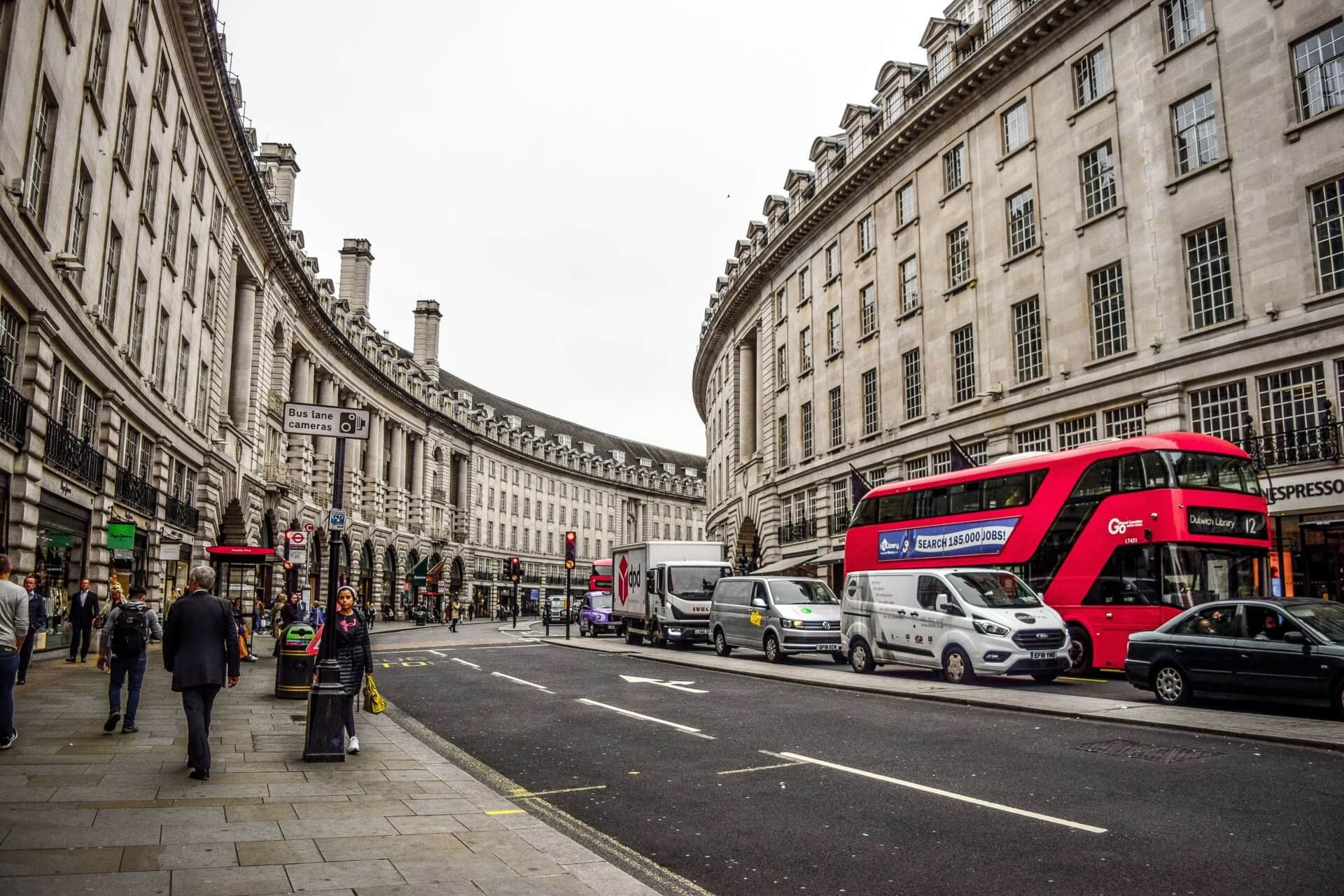
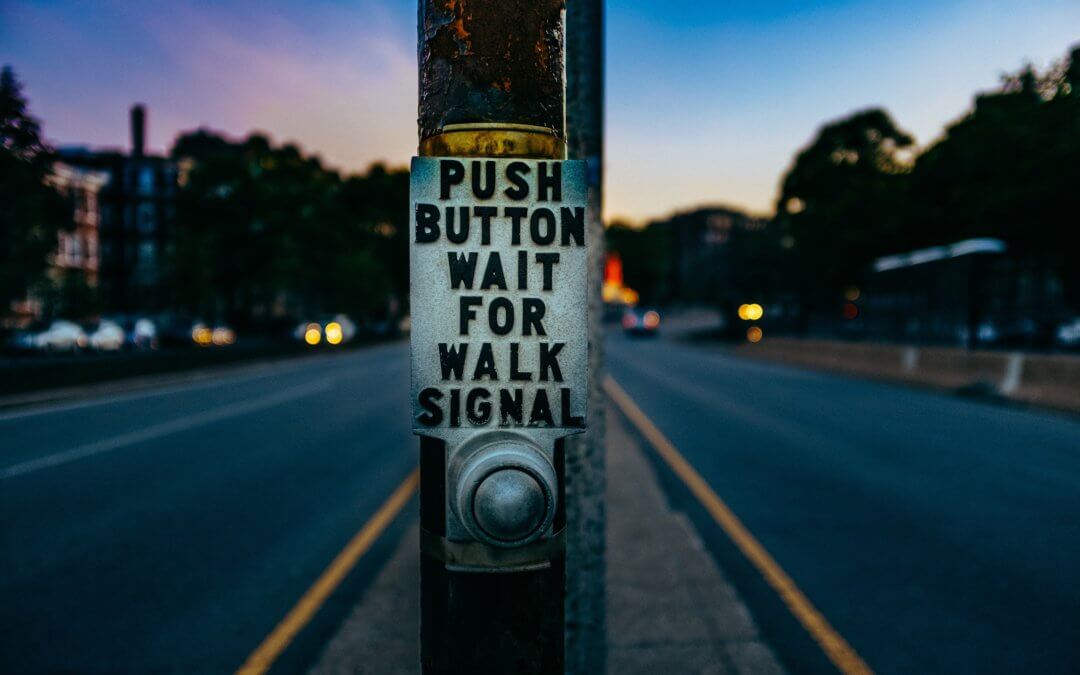
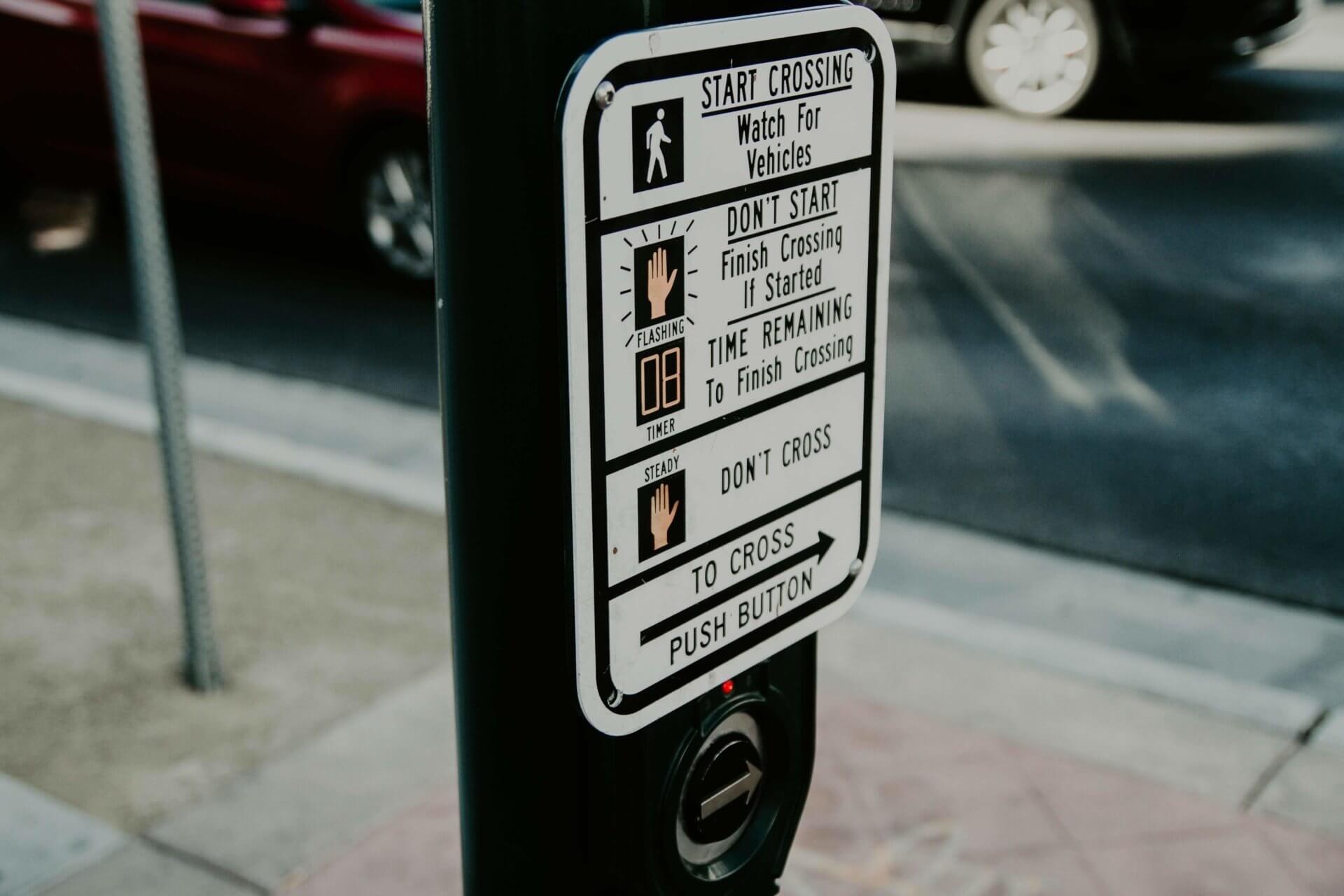
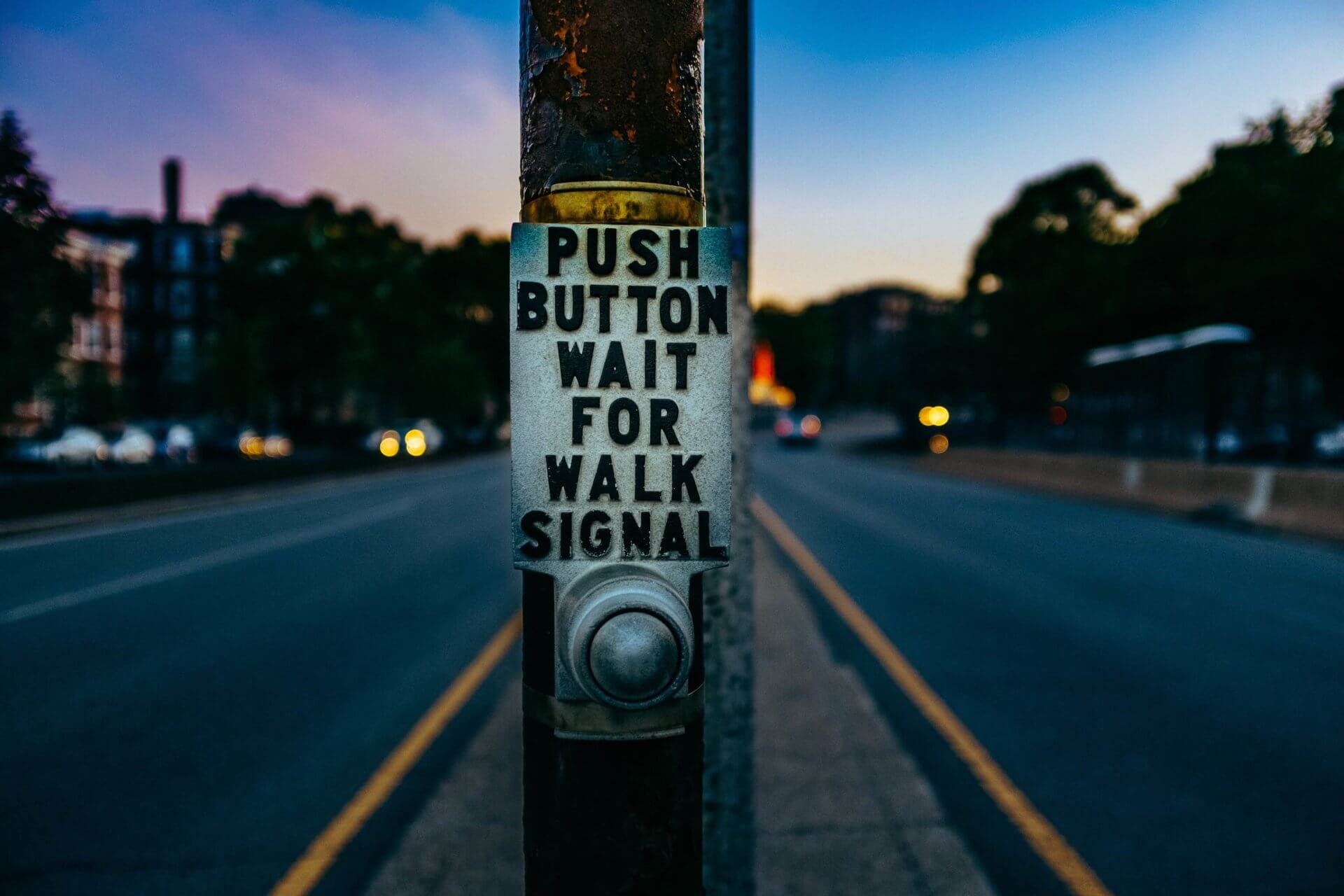
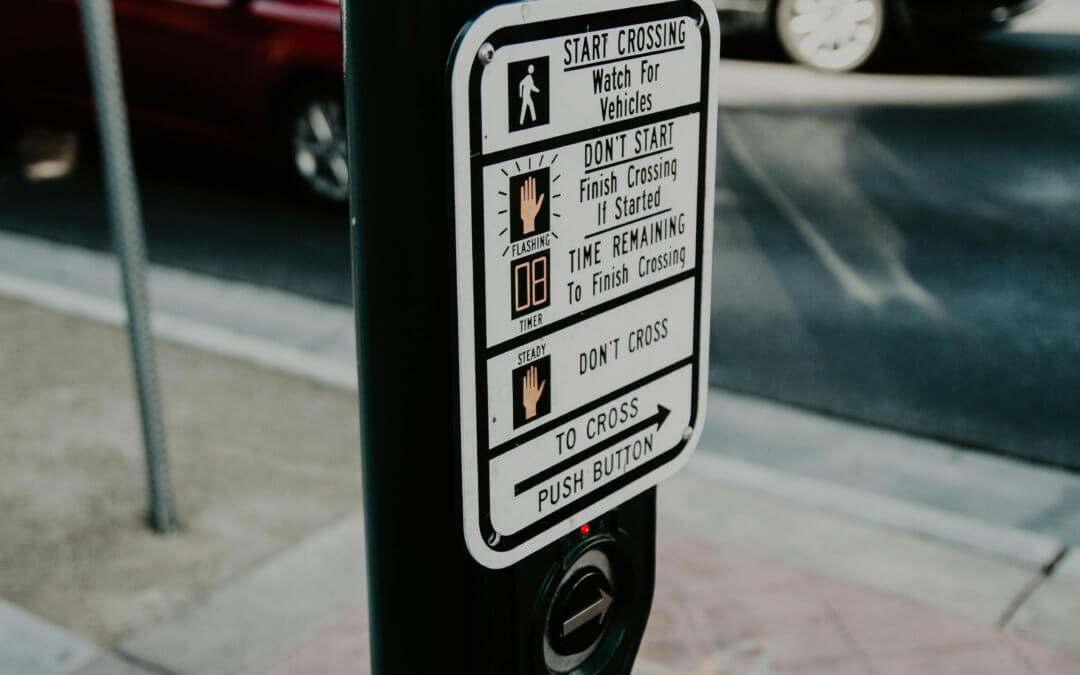

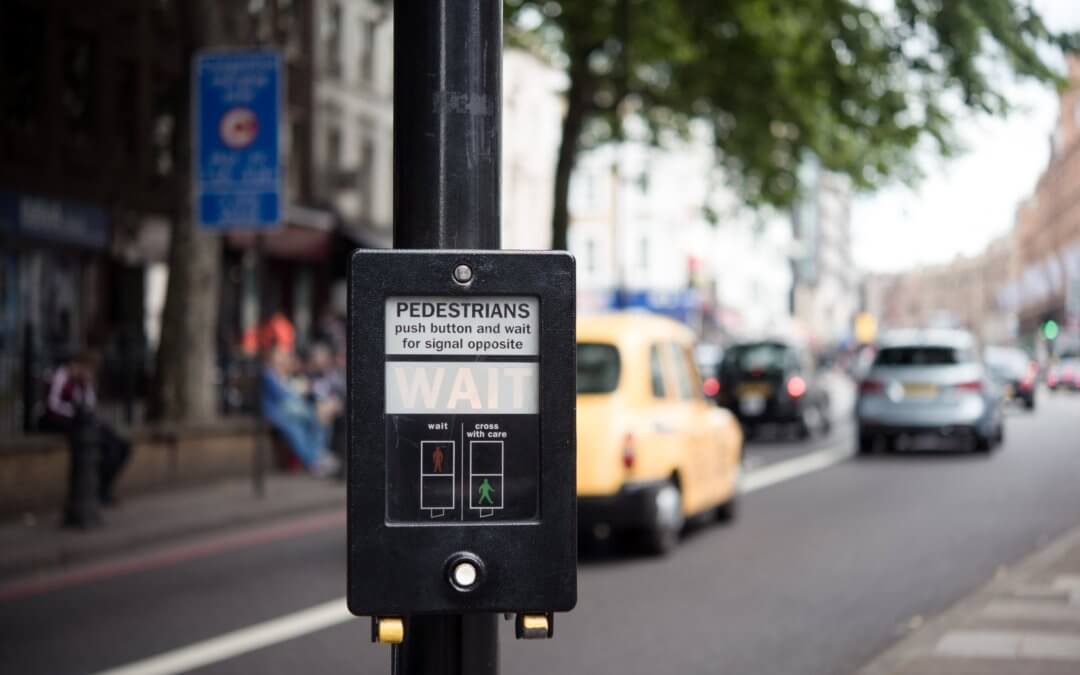
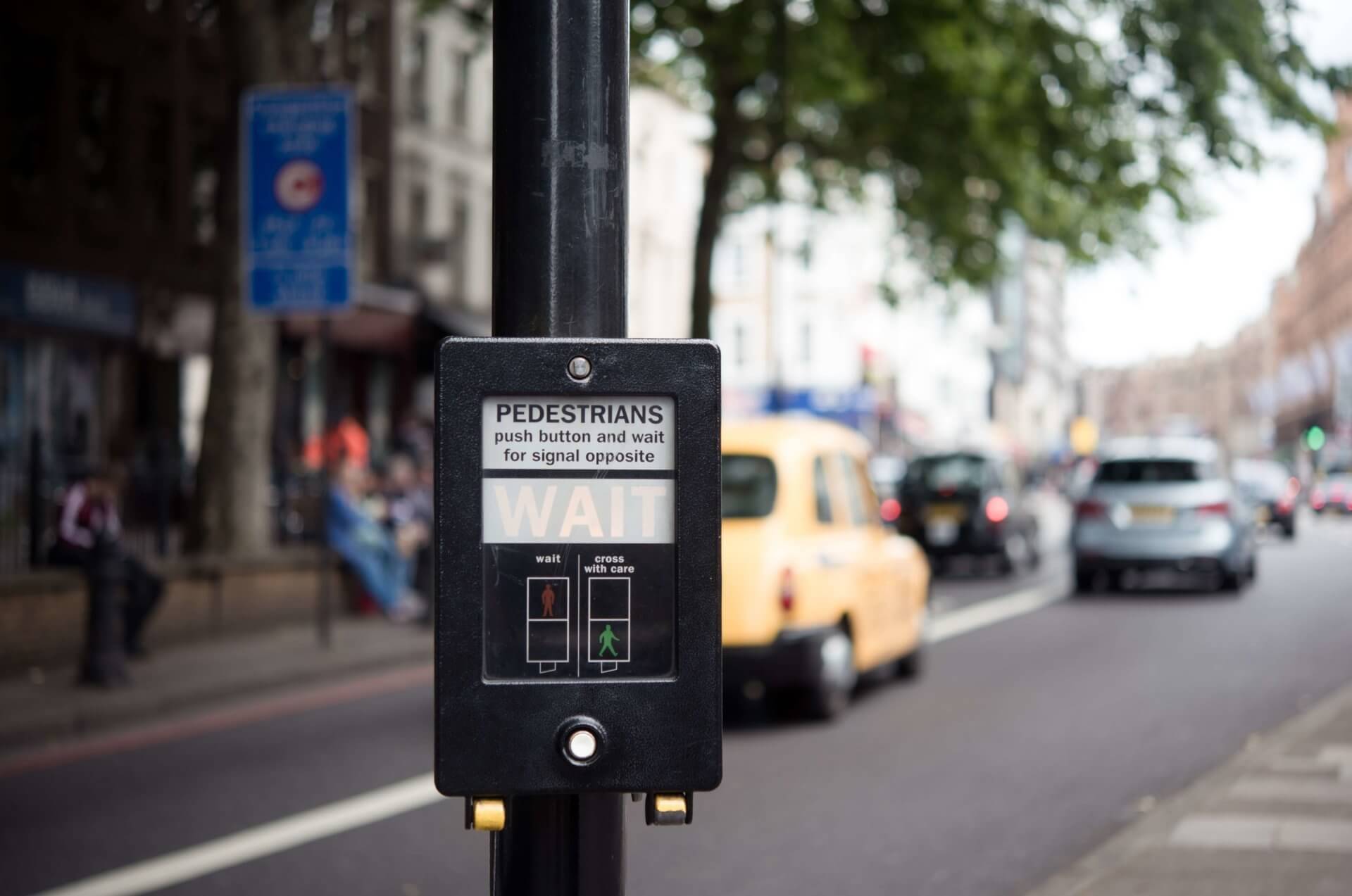
Recent Comments